
Orange Is the New Green: Arabidopsis ORANGE Represses Chloroplast Biogenesis
Research, The Plant Cell, The Plant Cell: In BriefChloroplast development in germinating seedlings initiates upon illumination. Whereas chloroplasts in true leaves develop directly from proplastids, chloroplasts in cotyledons of dark-grown seedlings develop from an intermediate type of plastid called an etioplast. During development, etioplasts accumulate…

ADP Ribosylation: The Modification Causing a Disease Resistance Sensation
Research, The Plant Cell, The Plant Cell: In BriefOne of the key aspects of pathogenesis is the ability to sabotage host defenses and, to this end, plant pathogens produce a remarkable set of effector proteins that target host defenses at multiple levels. Plants, in turn, have defenses to counteract these effectors; one key aspect of this is the ability…
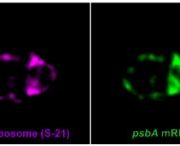
Local manufacturing: a center for photosystem biogenesis
Research, The Plant Cell, The Plant Cell: In BriefPhotosystem biogenesis in the chloroplast requires a concerted effort between synthesis and assembly of components including protein subunits, pigments, and other cofactors that varies both temporally and spatially. Sun, Valente-Paterno et al. (2019) investigate the translation zone (T-zone) of unicellular…
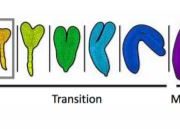
Micro Manager: MicroRNA Dynamics Facilitate Correct Embryo Morphogenesis and Patterning
Research, The Plant Cell, The Plant Cell: In BriefMicroRNAs (miRNAs) are a class of small (~21 nucleotide) non-coding RNAs that function as post-transcriptional repressors of gene expression. In plants, miRNAs recognize their target mRNAs based on perfect, or near-perfect, sequence complementarity, ultimately mediating their cleavage and/or translational…
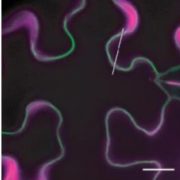
Keeping an Eye on Lutein Stability
Research, The Plant Cell, The Plant Cell: In BriefCarotenoid pigments not only produce the vibrant yellows and oranges of flowers, fruits, and autumn leaves, but they also are important in both plant and human health. They act both as accessory pigments in photosynthetic light harvesting and as photoprotectants that absorb excess energy during photosynthesis. …

Camelina: A History of Polyploidy, Chromosome Shattering, and Recovery
Research, The Plant Cell, The Plant Cell: In BriefFollowing formation of a polyploid plant, cells need to manage issues such as gene dosage and chromosome pairing/segregation to help the formerly separate genomes get along in the same nucleus. As the genomes adjust, chromosomes may undergo recombination, rearrangements, gene loss, and other perturbations,…
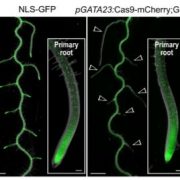
Introducing CRISPR-TSKO: A Breakthrough in Precision Gene Editing
Research, The Plant Cell, The Plant Cell: In BriefAn excellent way to explore the function of a gene is to knockout its expression and see what happens. The development of the targeted gene editing system CRISPR (clustered regularly interspaced short palindromic repeats) has triggered scores of gene knockout studies. CRISPR is based on a defense system…
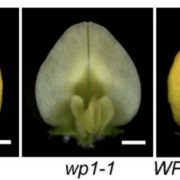
Mellowed Yellow: WHITE PETAL1 Regulates Carotenoid Accumulation in Medicago Petals
Research, The Plant Cell, The Plant Cell: In BriefCarotenoids are tetraterpenoid (C40) lipophilic compounds that are widely distributed in nature and play key roles in pigmentation, photosynthesis, and development (Nisar et al., 2015). Detailed biochemical and genetic analyses have uncovered the carotenoid biosynthetic pathway, which generates a diverse…
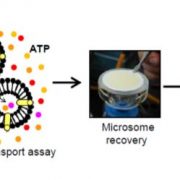
The ABCCs of Saffron Transportomics
Research, The Plant Cell, The Plant Cell: In BriefSaffron spice is prized for its aroma, flavor, and color. The latter derives from highly concentrated apocarotenoid glycosides called crocins. Accumulation of specialized metabolites like crocins often requires their sequestration in the vacuole to prevent cellular toxicity, feedback inhibition of…

